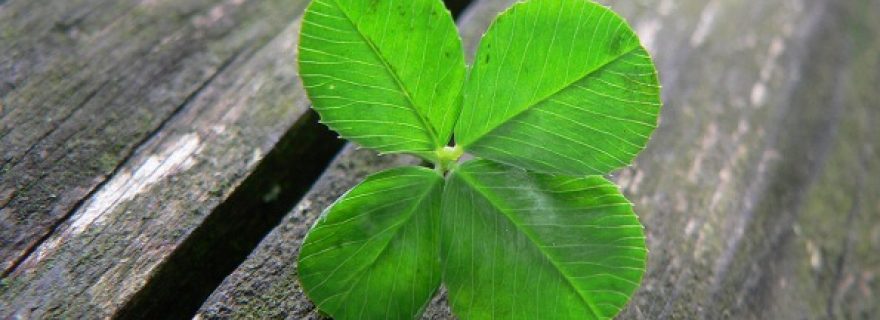Carrying a talisman: a valid fieldwork method
Some fieldwork encounters radically change our perspective. However, it often seems that such encounters depend more on a dose of good luck than on careful planning. My research as well took a radically different turn after one such lucky rendezvous.
What started as a casual meeting…
My fieldwork on the Mt. Kenya UNESCO World Heritage site (which started from a rather general interest in the day-to-day proceedings of the area and the processes via which it had entered the World Heritage List in the first place) had made me sensitive to regional problems of water distribution. Water shortages, I quickly learned, was a major source of struggle.
Mt. Kenya is the second highest mountain on the African continent with peaks covered in snow, and a number of rivers originate here. Some of these go all the way down into the Laikipia plateau, which is an area that occasionally becomes very dry. Here, residents depend on Mt. Kenya’s flows for survival. However, streams periodically dry out, which poses major difficulties, and causes (at times fierce) debates and conflicts.
What is often blamed for the problems is the cultivation of flowers, an activity undertaken by numerous businesses on Mt. Kenya’s west slopes. According to public opinion the flower industry requires enormous amounts of water and depletes the limited resources. Within public debates, flower farmers have little opportunity to talk back. Interested in how they engaged with these accusations, I contacted a number of them. As a result I found myself one day on a property in Timau.
…turned out to be a decisive fieldwork moment
After explaining the owner of the property my reasons for coming, I was given a short tour around the place. It was then that I accidentally bumped into the managing director. He, I was told, had been involved in a number of important conservation programs and could tell me a lot about the area. We agreed to meet at a later stage and quickly exchanged phone numbers.
A few days later, I again visited the farm, this time heading to the office of the managing director. Again I explained my research intentions, and told him about my interest in Mt. Kenya, and in World Heritage more generally. Hearing me talk about this, the managing director hung back in his office chair and said: ‘Right, so then I take it you have heard of the plans to extend the Mt. Kenya UNESCO World Heritage site?’
What followed was a short, but probably revealing silence on my behalf. I had already been around for a few months, but so far no one had made any mention of plans to alter the demarcations of my research object. I was astounded, and immediately I felt wholly incapable as a researcher. How could I have missed this? Even worse, it was not by careful planning that this was revealed to me here -- it was mere coincidence.
How to be in the right place, at the right time, with the right people?
My initial perplexity soon made way for excitement. Also, fortunately, my self-image of being a truly amateur PhD candidate, ill-prepared and unacquainted with such important information, was superseded by feeling extremely lucky. It turned out that only a handful of people had been informed of these plans and I, just by chance, had come across one of them.
The meeting with the managing director had opened up a completely new line of investigation, which offered me ample opportunities for examining contemporary World Heritage issues. For instance, the extension plan revived a number of older tensions that were now narrated through a rhetoric capitalizing on the importance of heritage. Also, the extension plan enabled to situate the UNESCO World Heritage program in a national political context in which, among others, large-scale landownership is politically sensitive (to say the least). And without doubt, the extension plan revealed much about the relations of power involved in the acknowledgement of some heritage claims, and the rejection of others.
On many occasions I have wondered what would have happened, had I not visited that Timau farm that day, and had I not met its managing director. Perhaps I would have stumbled upon the extension plan later on, or perhaps I would not have learned about it at all. In any case, my thesis would have ended up substantially different.
All in all I’m convinced that, in addition to thorough fieldwork preparation, one is always in need of a little luck. Perhaps next time I should save some room in my luggage for a four-leaf clover, a rabbit’s foot, a horseshoe, a wishbone, or a monograph of my all-time favorite anthropologist to provoke serendipity. If anyone accidentally discovers my talisman I will just argue that, in light of the need for good fortune, it’s actually a fairly valid fieldwork method to carry around a good-luck charm.



0 Comments
Add a comment